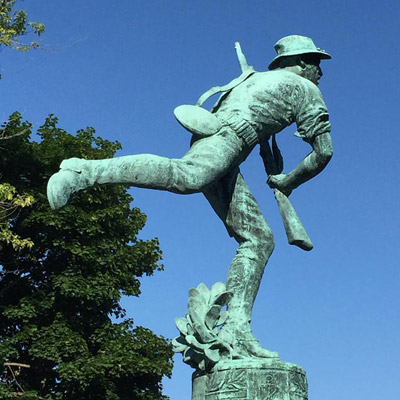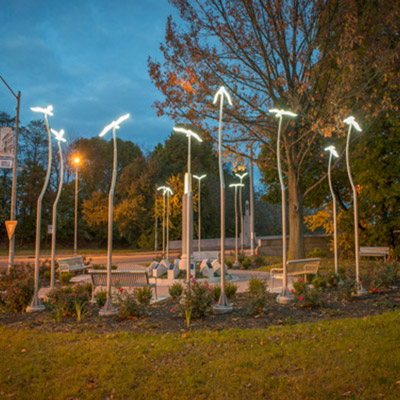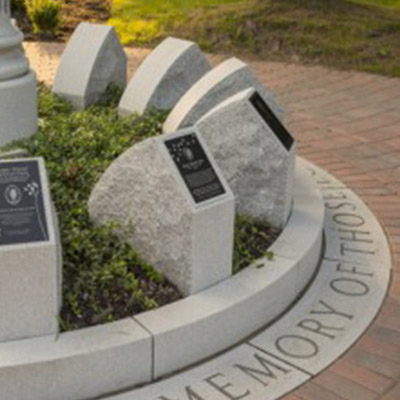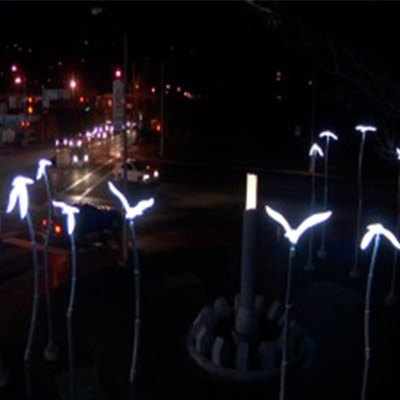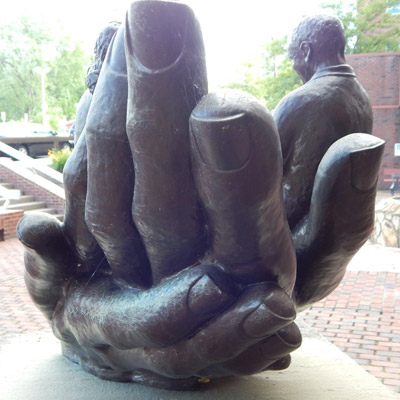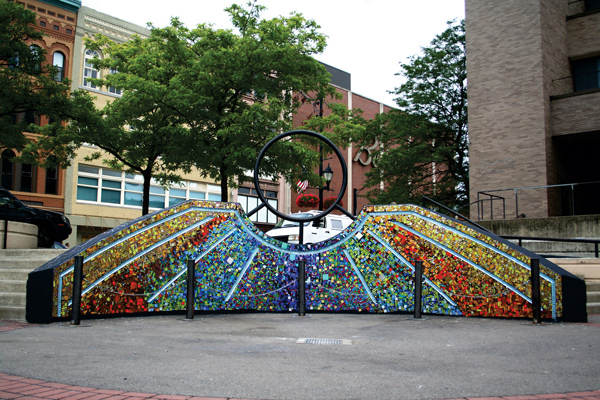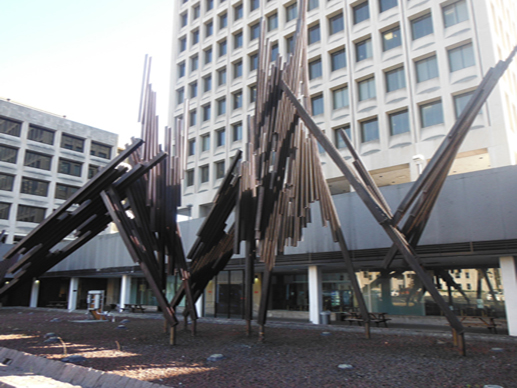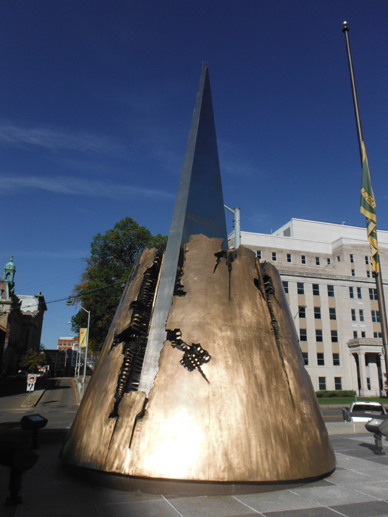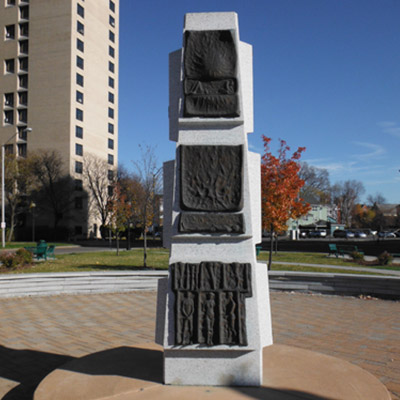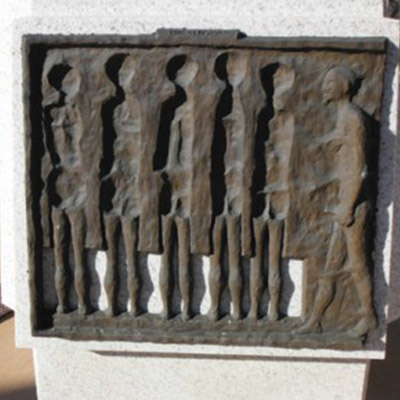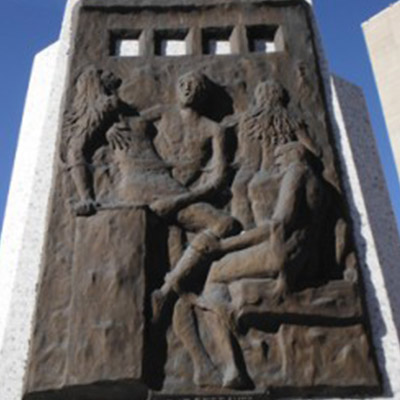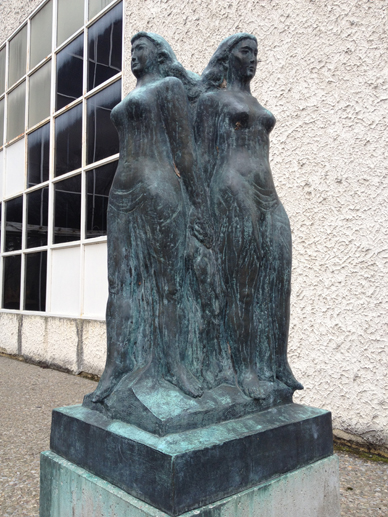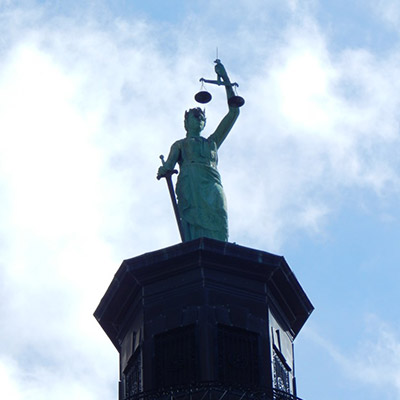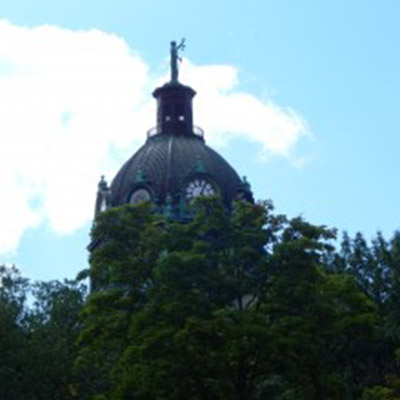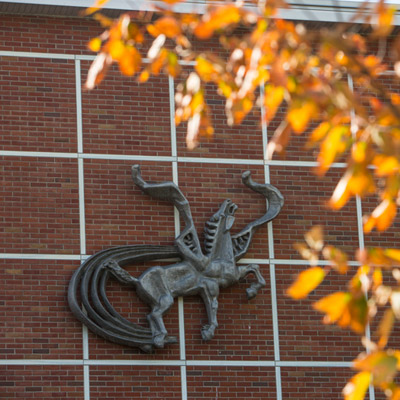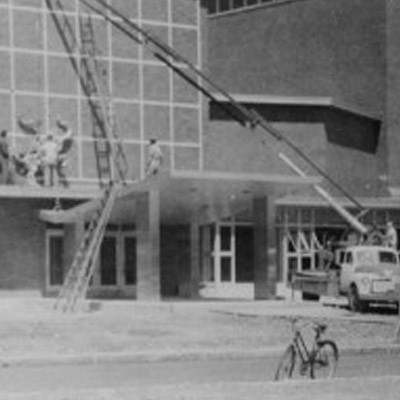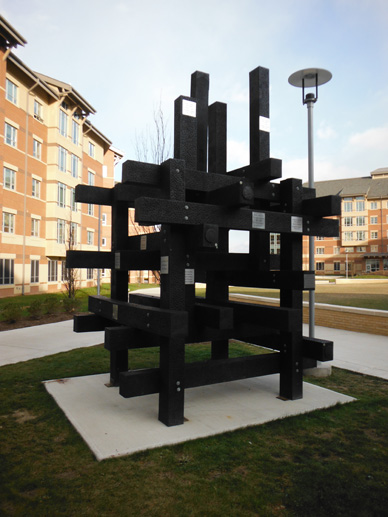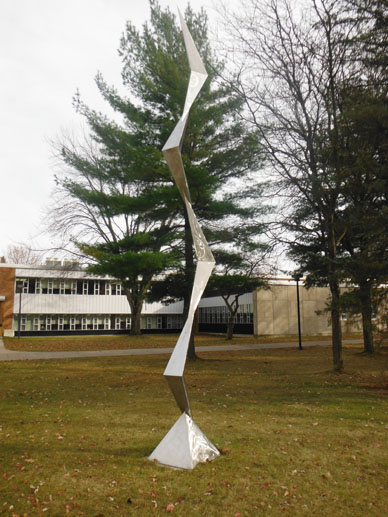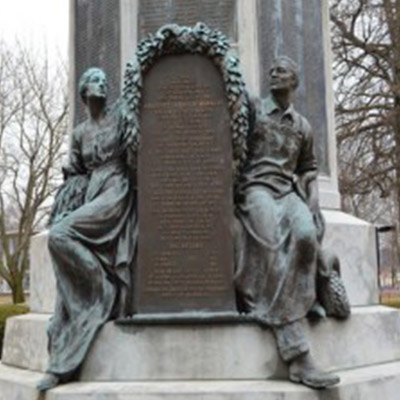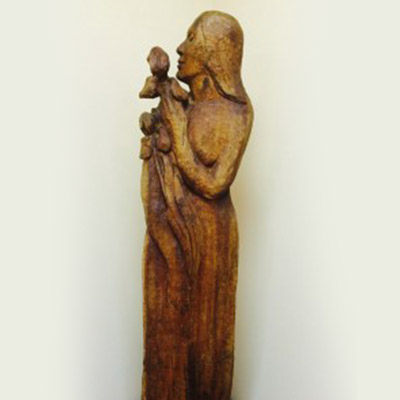Reviewed by David L. Schriber
Their style is a little hard to describe. It’s vocal, but often wordless. It’s instrumental, but uses the human voice to mimic an orchestra. It’s partly described by various terms such as “instrumental singing,” “vocalese,” “scat singing,” and “vocal percussion.”
The Swingle Singers, a London-based octet with French roots and an American creator, joined the Binghamton Philharmonic Saturday, May 14, in a program of popular and classical music. Though most of its current members (five Brits, one German, one Canadian, one American) have been with the group five years or less, the group itself is nearly 50years old, the 1962 Paris creation (Les Double Six) of Mobile, Ala.-born Ward Swingle.
When, after a decade, the original group disbanded, Swingle moved to London and recruited a new group, which eventually became known as The Swingle Singers. He remained its musical advisor when he returned to the U.S. in 1984. A decade later, he returned to France and 10 years later was named by the French Minister of Culture and Information as “Officier de l’Ordre des Arts et des Lettres.”
Swingle’s unique creation shows the influence of a number of jazz scat singers. “Scat singing” uses nonsense syllables rather than words. A generation older than I would remember Cab Calloway singing “Minnie the Moocher:” “Hi-dee hi-dee hi-dee hi.” Other prominent scat singers included Ella Fitzgerald and Louis Armstrong. Bobby McFerrin also embraces this style of instrumental singing.
The original Swingle Singers gave new popularity to Baroque Bach; they were actually a contemporary counterpart to the Moog Synthesizer’s “Switched on Bach.”
The Binghamton Philharmonic opened this concert of bells and whistles with one instrument I actually play: the railroad whistle, introducing Edward Strauss’ lighthearted “Bahn Frei [On Track] Polka.” Aaron Copland’s “John Henry – a Railroad Ballad for Orchestra” featured dissonant clanging of a locomotive bell, violins as whistles, and celli-like steam engine driver wheels gaining speed.
The Swingle Singers opened with two Beatles numbers, followed by Astor Piazzolla’s “Libertango.” The program suffered, especially the first half, from a severely over-driven bass amplification (presumably mixed by the Swingles’ own sound engineer), approaching feedback and distorting the male voices into the kind of booms you not so much hear as feel when stopped at a traffic signal next to a certain kind of bobble-headed driver with as many decibels as horsepower.
I’m not a fan of “dueling sopranos” or “Broadway belters” (no offense to an acquaintance who uses that email address) or sopranos trying to duplicate the aforementioned Ella Fitzgerald shattering crystal (remember the retro “Is it live or is it Memorex?” commercial?). Personally I most liked the voice of alto Lucy Bailey.
What I most remember the original Swingle Singers for is instrumental singing of classical music. Today’s ensemble brought back those memories with their rendition of Bach’s “Badinerie” from BWV 1067 and Mozart’s overture to “Die Zauberflöte.” I can attest from my own experience that one of an a cappella singer’s greatest challenges is singing exposed passages in a partially accompanied piece and keeping in pitch for the instruments to come back in. The Swingles did this seamlessly in the Mozart. The group excelled in close harmonies, dissonances and syncopated rhythms in such numbers as Nick Drake’s “River Man” and Clare Wheeler’s arrangement of Joni Mitchell’s “Both Sides Now.”
Wanting to beat the exit rush at concert’s end, we started to leave during the curtain calls. I was at the inner theater doors when I heard the first four notes of an encore. “Wait!” I whispered excitedly to my wife, having a classical “Name That Tune” moment: “It’s the ‘1812 Overture’!” And sure enough, the Swingles proceeded to perform the entire “1812 Overture,” complete with trumpets, cymbals and, of course the cannons. Courteaux, perhaps? (I’ve been into a lot of French lyrics recently for The Madrigal Choir’s upcoming concert.) It was the climax of the evening, bringing the house quickly to its feet once again. Eet was eenuf to meck you wan to stahn and seeng “La Marseillaise” (whose tune is of course contained therein)!

